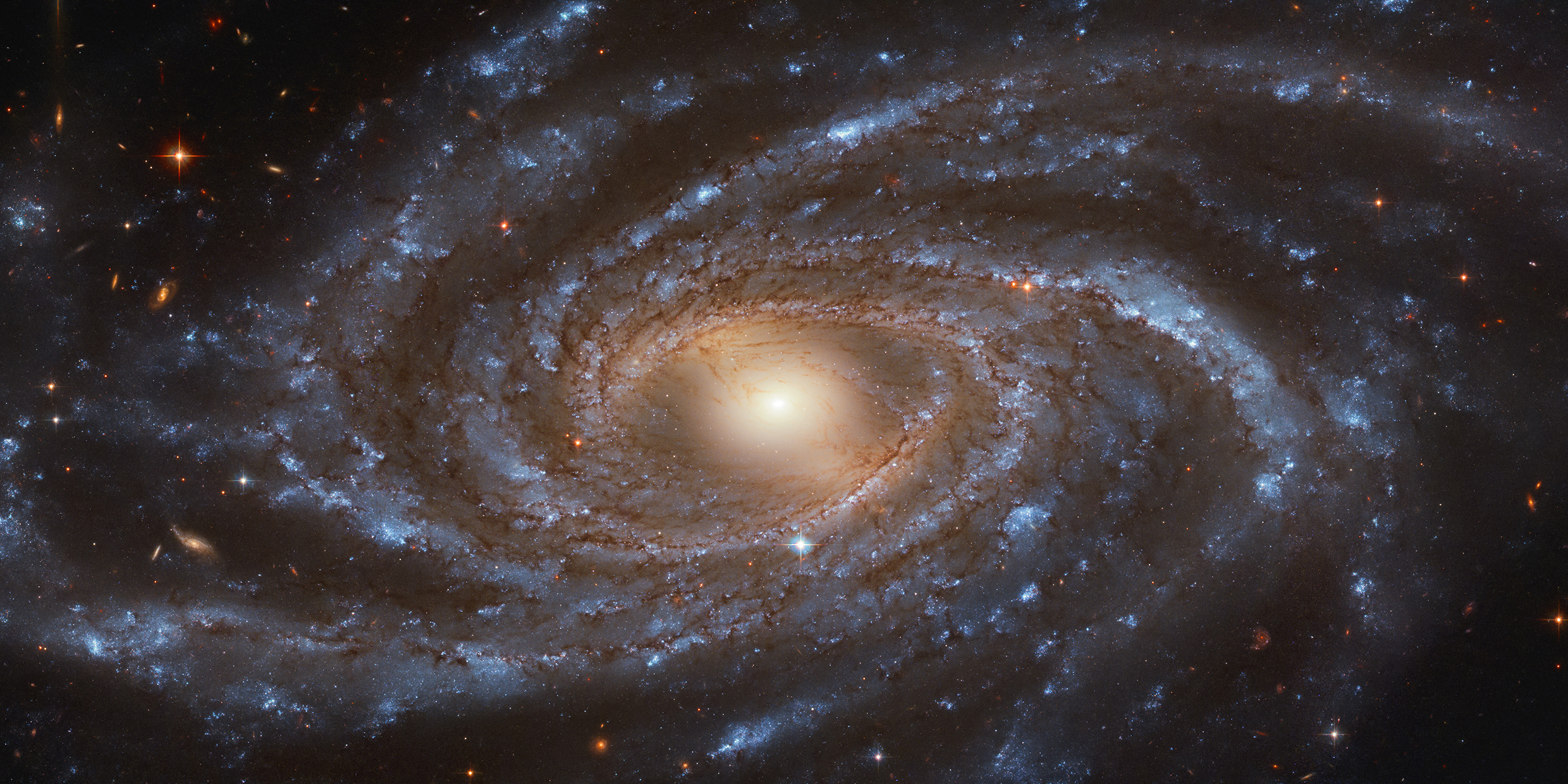Originally published 31 July 2001
The noted film director David Lean always felt a bit of a dummy compared to his more academically gifted younger brother.
And indeed, Kevin Brownlow’s bulky biography of Lean doesn’t offer much evidence for philosophical acumen. Lean may have been a director of genius — best known for Bridge on the River Kwai and Lawrence of Arabia—but, on the face of it, he was barely articulate when it came to expressing big ideas in words.
But there is one episode in Brownlow’s book that Lean hits a big idea on the head, and he does it with impressive verbal flair. It occurs in a letter to his screenwriter, Robert Bolt, just after their smash success with Lawrence of Arabia in 1962.
Lean is casting about for his next project. He doesn’t have an actual story in mind, but he does have the germ of an idea. He wants to make a movie that will let the ordinary spectator feel that he or she is part of a great cosmic adventure.
He writes: “I was walking down Curzon Street [in London] from the cutting rooms one evening. There was the roar of a jet engine and I looked up to see the great silver fish whooshing down toward London Airport. I remember saying, ‘Bloody marvelous!’ ”
He then recounts a time he was standing in a hotel garden in India when he saw what appeared to be a bright star traveling across the heavens. It wasn’t a star, of course; it was a satellite. The next day he read in the newspaper that the satellite had been launched from Cape Canaveral. He had seen it on its first trip around the globe. “Marvelous,” he thinks. “Bloody marvelous.”
“Now, Robert,” he writes, “where did it all begin? Where did we begin? If H. G. Wells was right in his Outline of History, we began as a microscopic piece of jelly in a sunlit pool. We got out of that pool. We developed lungs, legs and a brain. Then, as Wells says, one tremendous evening one of us looked at a sunset and dimly thought it beautiful.”
That silver fish over London or the moving star over India are taken for granted, Lean writes, because no one has put a frame around them. No one has put these things up on the silver screen and said to an audience, “This is the story of you.” Sputnik is not a Soviet achievement and the Venus probe is not an American achievement; these things are human achievements, he says. “They are us. Us, the jelly in the sunlit pool.”
And he is right. It is a grand story — the emergence of life on Earth from the primal pool, the rise to diversity and complexity, the dawn of consciousness, the invention of technologies, the voyaging to other worlds. It’s a staggeringly wonderful, “bloody marvelous” adventure that would make us feel wonderful and marvelous if only we could get our heads around it.
How he thought to capture the grand evolutionary epic on the screen is not answered by his subsequent films, which don’t quite rise to the level of cosmic significance. Lean died in 1991, without having acted on his suggestion to Bolt.
Many people don’t want to hear the cosmic story. Many people are put off by imagining an amoebic beginning in a sunlit pool on a planet that is just a bit of cosmic dust. Many people want to think that the story starts and ends with us, and that jet airliners and satellites are not particularly marvelous because — well, because we were always clever that way.
Maybe, as Lean suggests, many of us reject the story because “no one’s put a frame around it.”
Some years ago in this column, I suggested that NASA should produce a full-length feature film of astronomical images for the big screen, a grand Hollywood tour of the universe, from the blastoff of a space shuttle to black holes at the cores of distant galaxies, perhaps intercut with photographs of life on Earth recounting the evolutionary epic, with only as much narration as absolutely necessary and original music by someone like John Williams.
The cosmic images from the Hubble Space Telescope alone would make a dazzling visual document if presented with a David Lean flair. Add images from such marvels of technology as the Voyager spacecrafts, and the Chandra and TRACE satellite telescopes, plus the stunning Earth-based photographs of astrophotographer David Malin. Anyone who could look at these things dramatically presented on the big screen and not be blown away with pride would have to be either dead or imaginatively impaired.
In that earlier column, I wrote of the cosmic images: “These splendid products of human curiosity and ingenuity are the Gothic cathedrals of our time, the nexus where human striving touches the highest mysteries.” They are not American, or European, or Japanese artifacts; they are human artifacts. As Lean wrote to Bolt of his own dimly imagined project: “I think that people would go out [of the theater] with their heads a little higher.”
Too bad David Lean is not around to direct.



